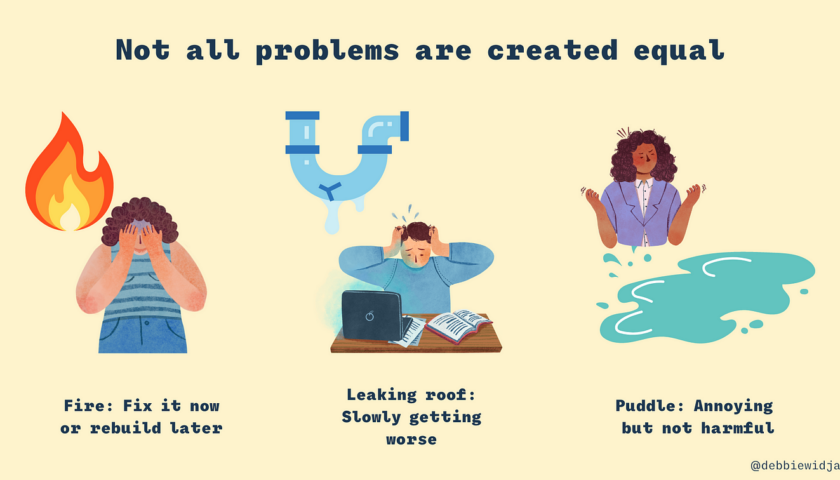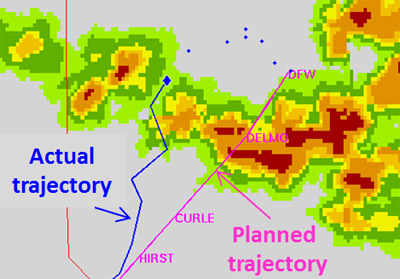While aviation accidents world over are relatively infrequent, recent incidents have heightened concerns about safety on airport runways and ramps. On 06 Apr 24, for example, a Virgin Atlantic jet Boeing 787-9 collided with British Airways Jet AirBus 350 while it was being towed at Heathrow Airport, in a similar incident at Kolkata two jets suffered wingtip damages while IndiGo aircraft taxing on runway hit a AirIndia Express aircraft. All this while the miraculous escape of all 379 passengers and crew from burning Airbus 350 aircraft after a collision with Japan Coast Guar plane at Tokyo’s Haneda airport on 02 Jan 24 is still fresh in peoples mind. Increase in such incidents have highlighted the increased traffic and congestion at airport and ground safety concerns.
The question passengers are asking is what measures are being implemented to enhance runway safety and ramp safety. In this blog I will look at the factors affecting safety and what more could be done to address these factors.
Collisions on the runway can be catastrophic. The deadliest commercial aviation accident occurred in 1977 when two Boeing 747 Jumbo jets collided on the runway at Tenerife airport amid confusion over clearances for take-off, killing 583 people. The disaster led to major changes to safety protocol, including clearer and standardised communications between control tower and cockpit.The national regulator (DGCA, FAA, CAA) focuses its safety oversight on the movement areas of airports–runways and taxiways- where the chances of catastrophic accidents are greater than other areas. By contrast, safety oversight of operations in the ramp areas of airports is handled primarily by airlines and airports.
Ramps are areas of airports where aircraft are readied for arrival and departure, while Taxiways are routes that aircraft follow to and from runways. Due to increase in traffic, the ramps and taxi ways are getting more and more congested. There are more variable as there are more moving and stationary objects along with human interaction and increased complexity.
Today what we need is additional measures to improve safety on ramp and taxiways. In my opinion the efforts to improve airport ramp safety are hindered by a lack of complete accident data and standards for ground handling. Such data could help ICAO, national regulators and the aviation industry to understand the nature and extent of the problem, as a first step to identifying what actions are needed to reduce ramp accidents. More often than not ramp incidents go unreported. The regulator has assumed an indirect role in overseeing ramp safety; airlines and airports typically control the ramp areas using their own policies and procedures. Meanwhile, some airlines and airports have initiated their own efforts to address ramp safety, and aviation organizations have begun collecting ramp accident data.
Direct and indirect cost of such incidents include not only additional maintenance cost for aircraft and equipment, cost of reallocation of assets, delayed flights, cost of medical treatment and unavailability of trained personnel. Combination of such direct and indirect cost is feared to be staggering. However, such costs are hidden or covered under the “cost of doing business”.
- Ground equipment driven into the aircraft
- Unmanned equipment rolls into the aircraft
- aircraft contacting fixed objects or equipment while taxing or towing
- aircraft contacting another aircraft or vehicle while taxing
- Passengers getting hurt while boarding or de-boarding or on tarmac.
- personnel getting injured while working on tarmac
In my opinion, this is an area of concern and there is need for international effort to prevent it. The national regulator should increase its safety oversight to areas of ramp and taxi ways to prevent such incidents. Collection of incident data, safety oversight program would be the first step in right direction. “Safety requires a lot of investment. We might not perceive the benefits today but one day it will pay off.”
Be safe. Be vigilant.
Jai Hind.



